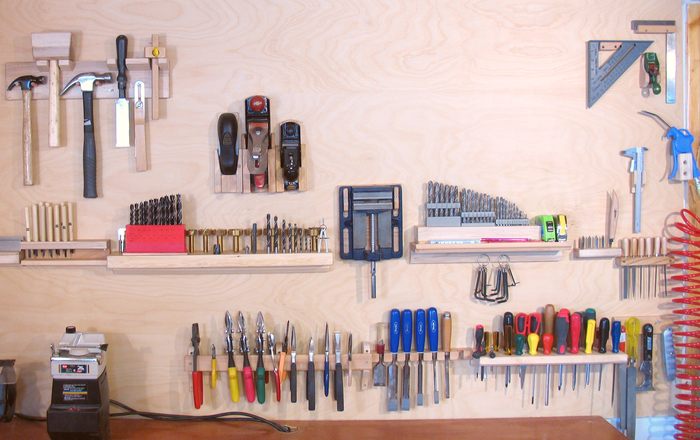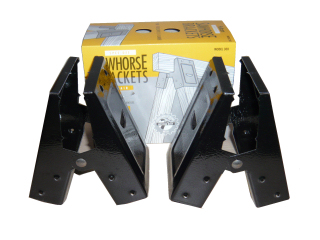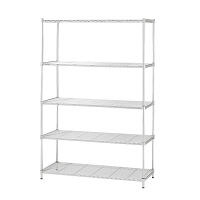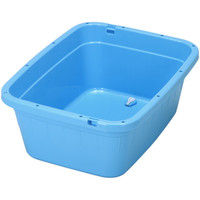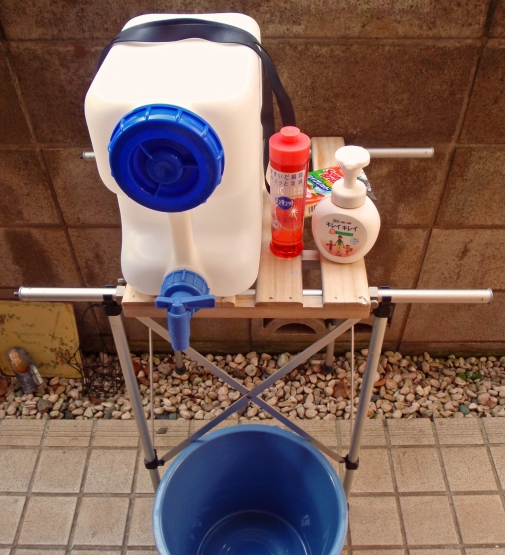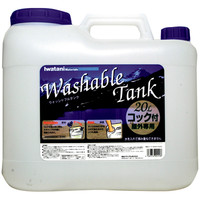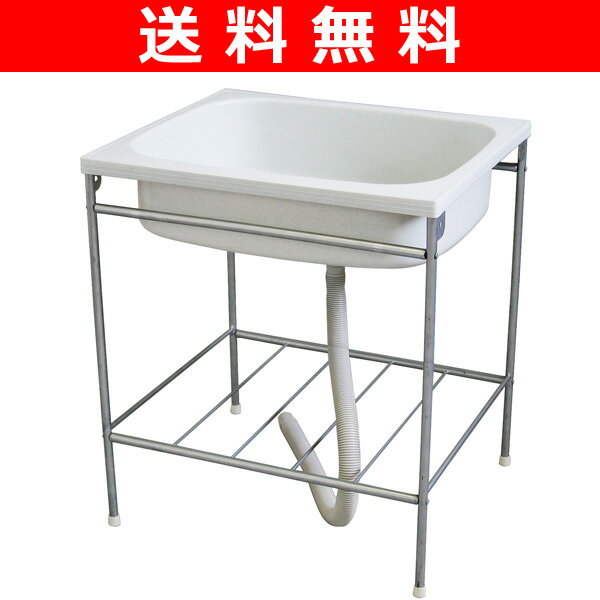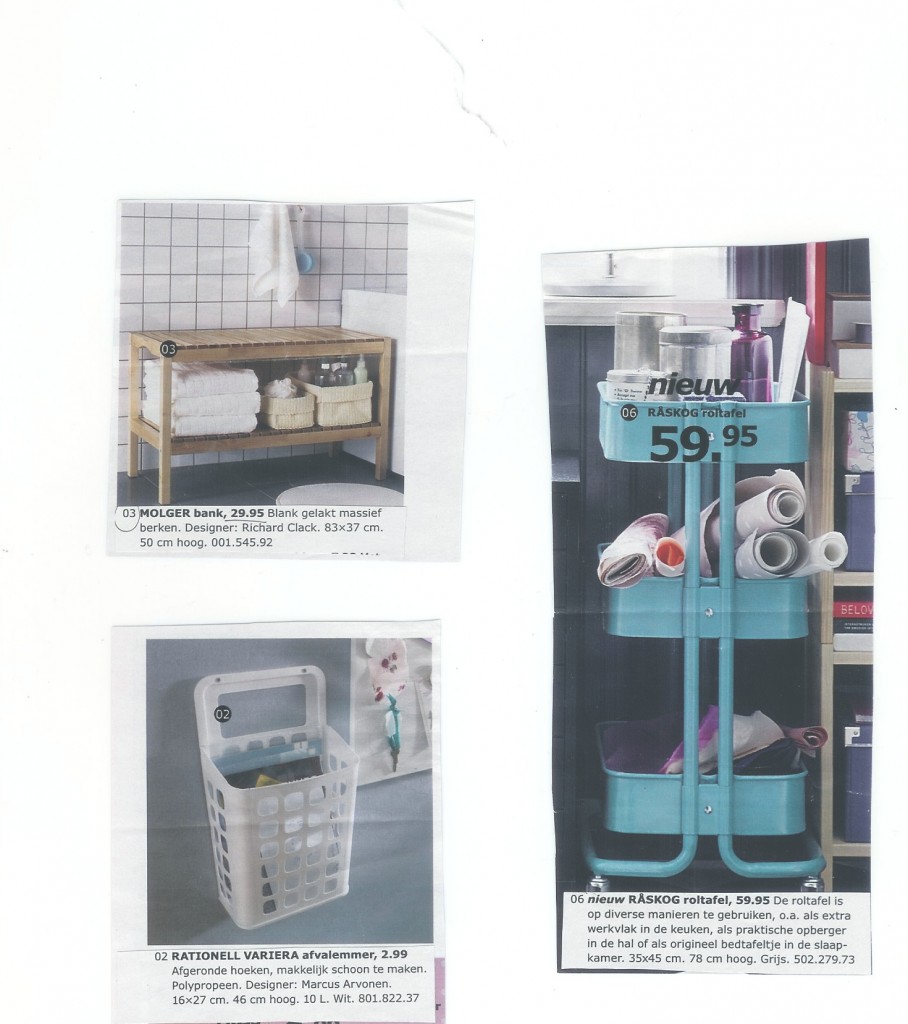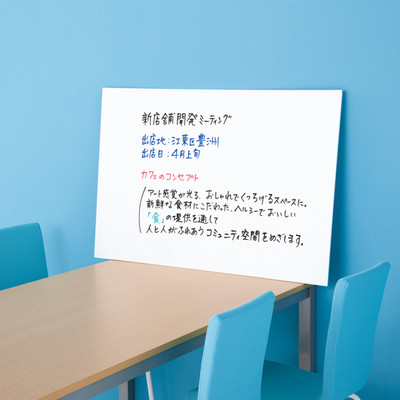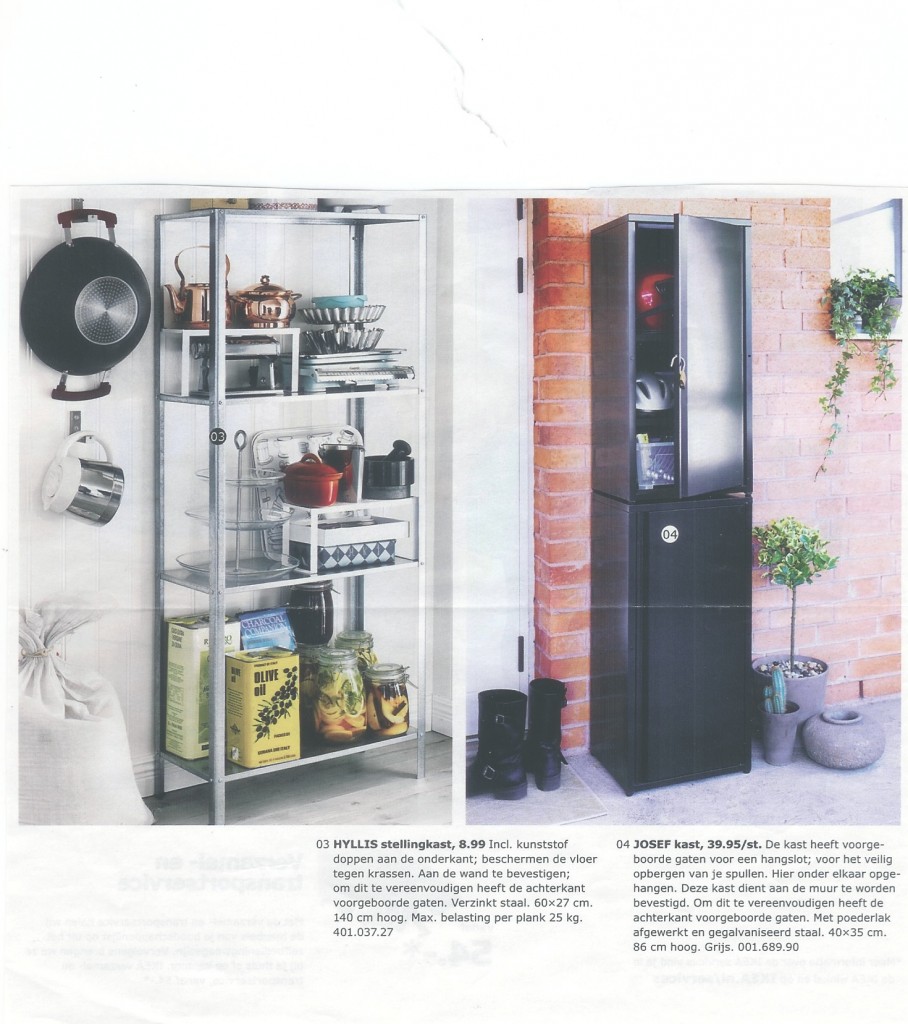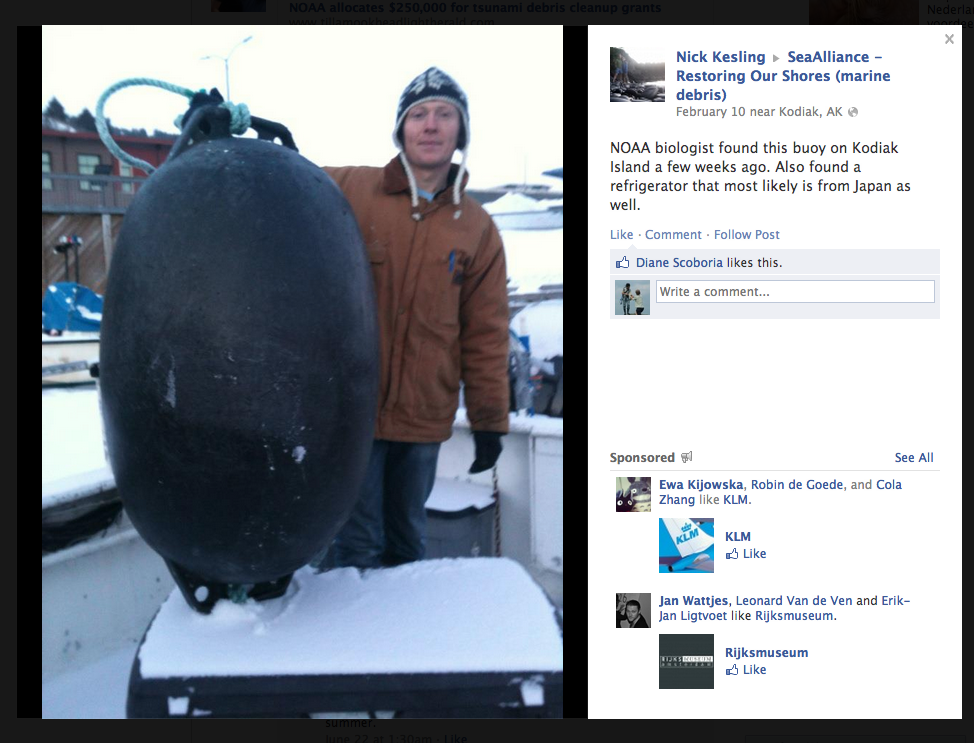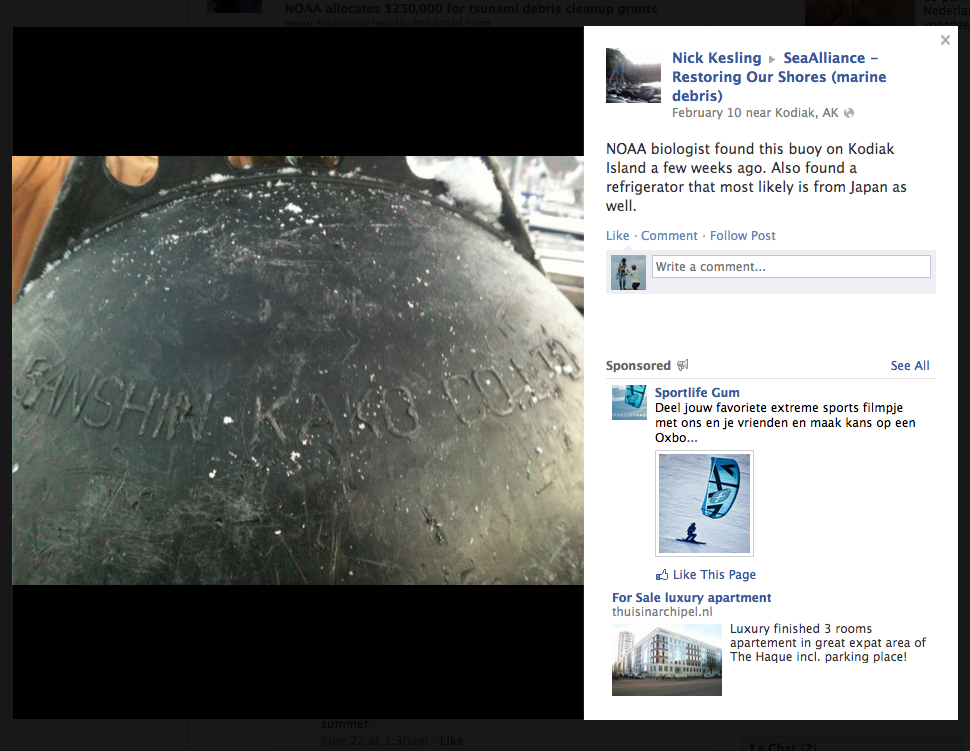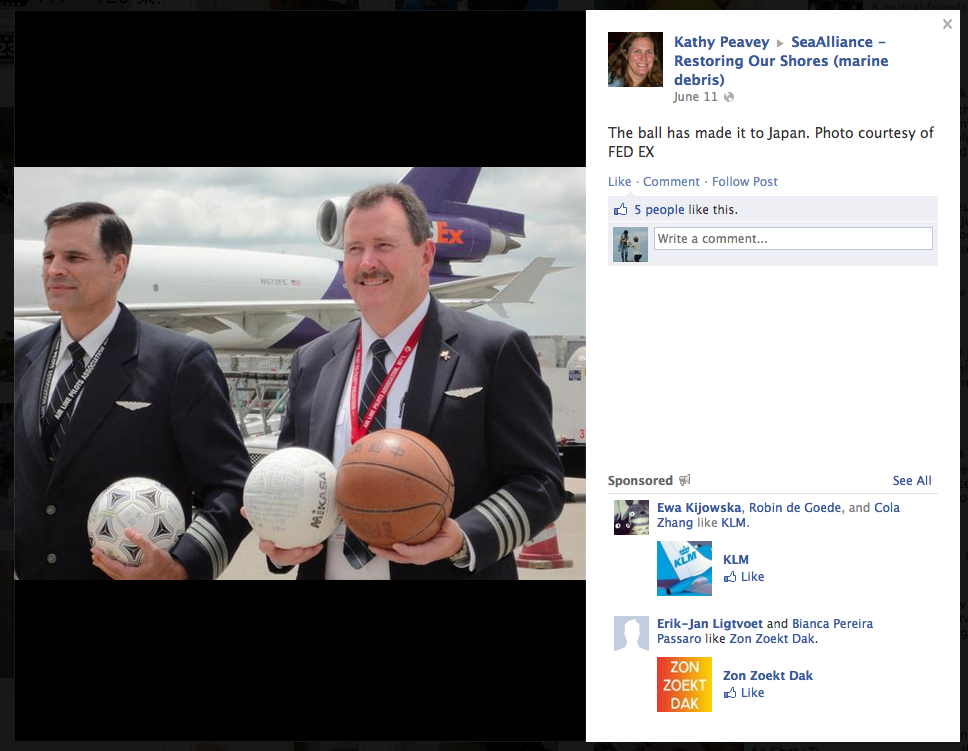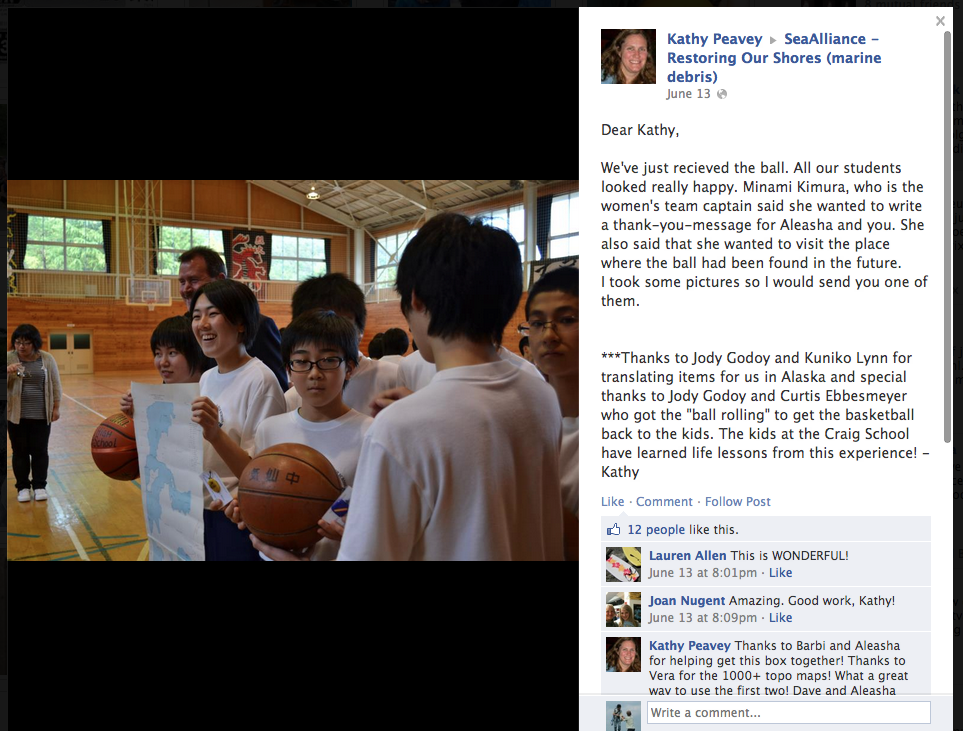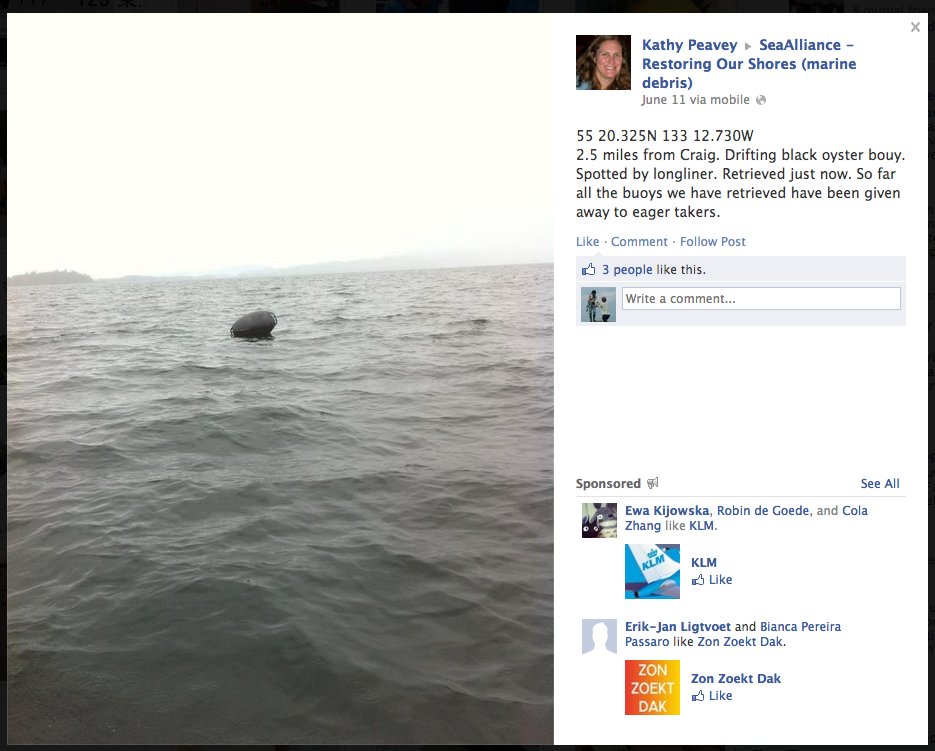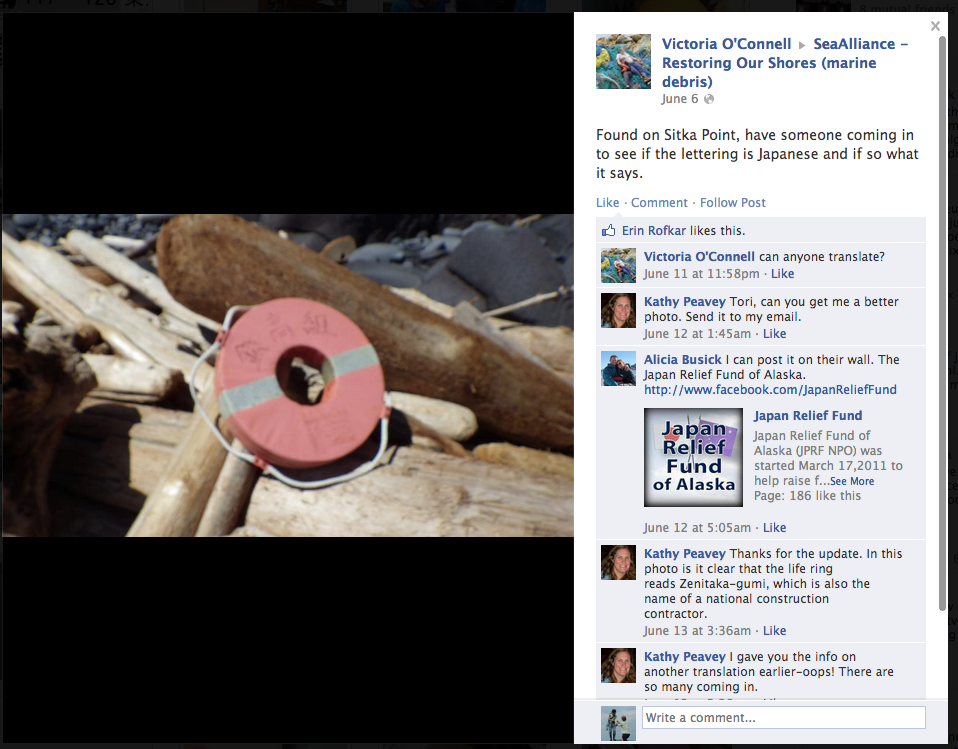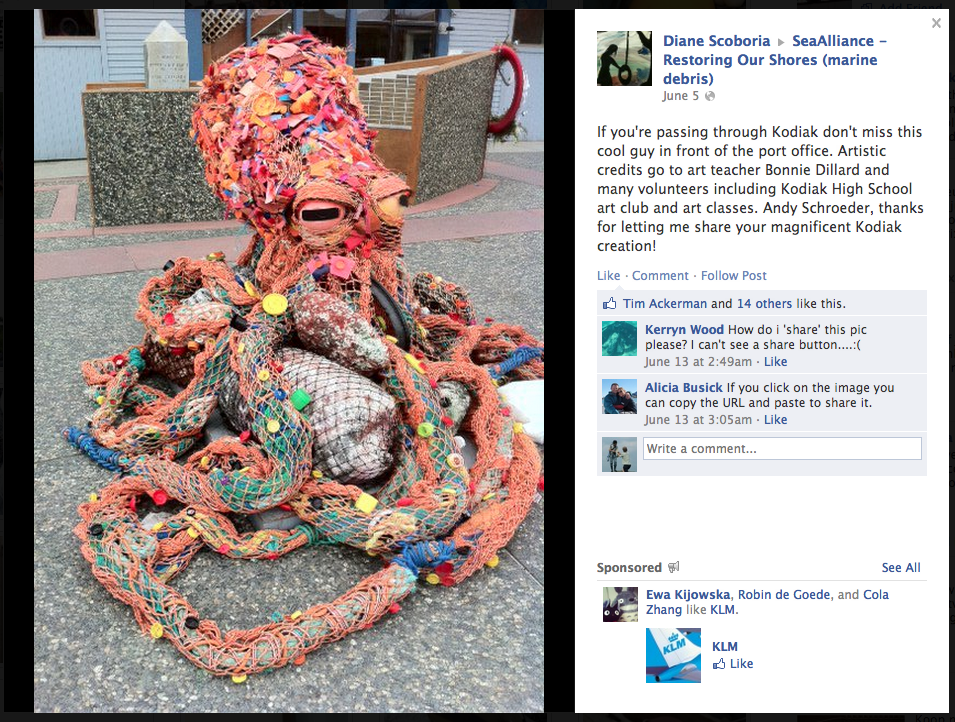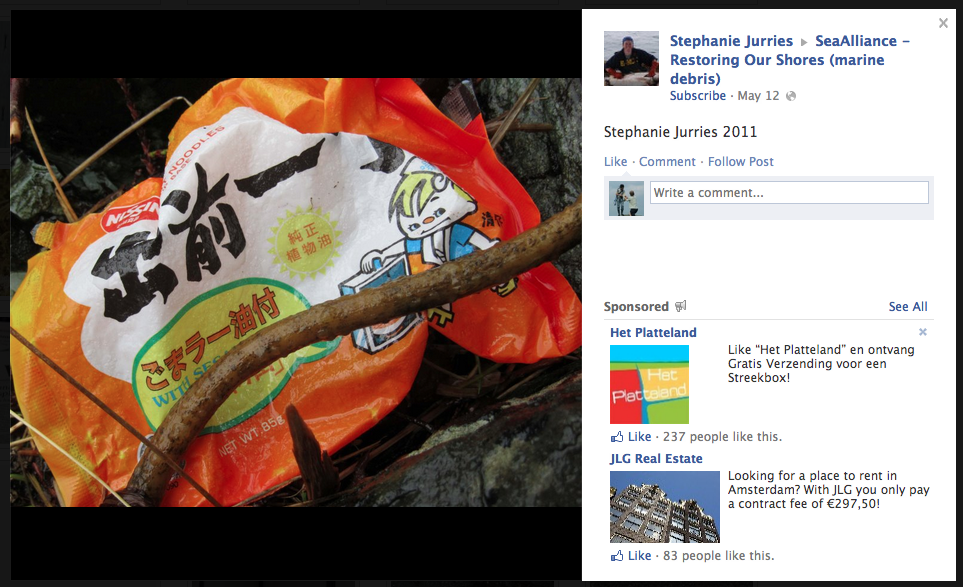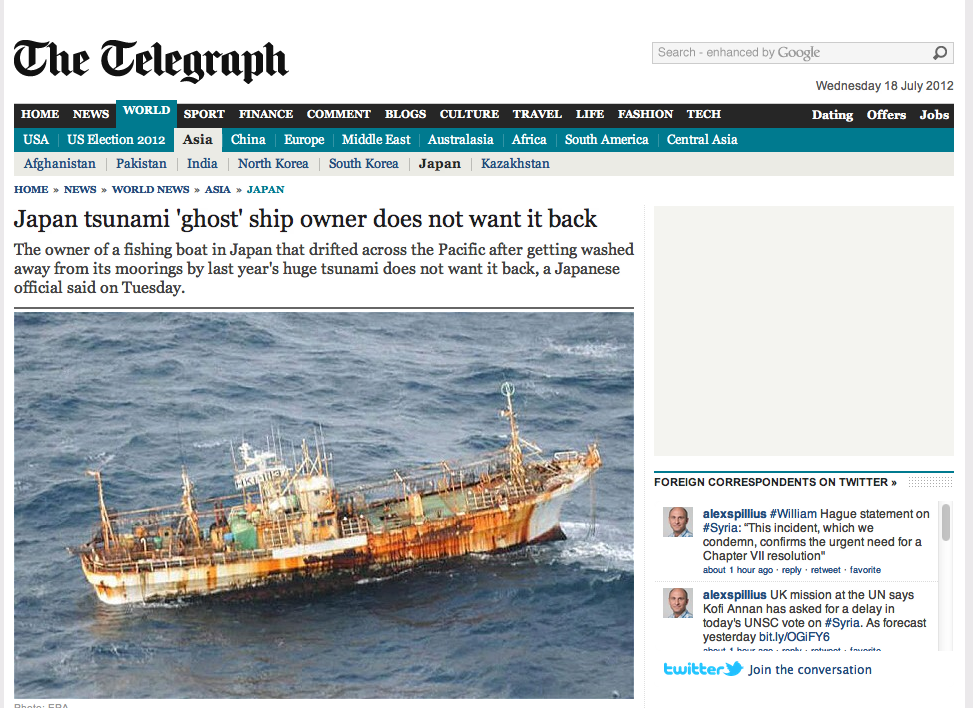NOAA scientists are combing Alaska beaches again in their search for marine debris from the 2011 tsunami that hit Japan.
View Search for tsunami debris moves north in a larger map
LOCAL NEWS
Search for tsunami debris moves north
by Rosemarie Alexander
July 18, 2012 6:00 am
NOAA scientists are combing Alaska beaches again in their search for marine debris from the 2011 tsunami that hit Japan.
Five scientists from the National Oceanic and Atmospheric Administration are in the Yakutat area this week, where they will be walking several miles each day before going on to a new segment of beach.
After Yakutat, they’ll head to the Cordova area, Kayak Island, and Montague Island in Southcentral Alaska.
Jacek Maselko is the lead scientist. In an interview before the group left, he said NOAA has previous data from many of the beaches, so they will be able to see how things change over time.
“We’re going to specific spots that we surveyed in 2008, 1998 and then ’92 and prior years. So those are the exact specific beaches, shoreline segments, that we have surveyed in the past,” he said. “We have a pretty good long term distribution of the density and the composition of the debris that’s found on those specific beaches.”
In June the NOAA scientists visited 36 Southeast Alaska sites on the outer coast, from Dixon Entrance to Cape Spencer.
“There’s so much variability between each segment that you cannot use one to predict what’s going to be on the next one. So really what we found here in Southeast in our last survey, the densities, the quantities, we can’t really use that to say what we’re going to find up north. Even on adjacent segments they can have quite different densities,” he said.
Maselko plans to look for tsunami debris over as much of the Gulf of Alaska shoreline as possible this summer, and revisit many of the same areas next year.
So far most of what the scientists have catalogued is common stuff, but in the June survey they found a number of large black, yellow and orange oval buoys, which they believe to be part of the Japanese fish farming industry.
http://www.ktoonews.org/2012/07/18/search-for-tsunami-debris-moves-north/
